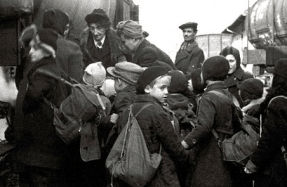BATTLE OF WORCESTER

From 1642, the British Civil Wars consumed the Stuart dynasty’s three kingdoms in a titanic struggle between king and parliament. The conflicts – proportionally the bloodiest in Britain’s history – were fought across England, Scotland, Ireland and Wales, but in 1651 they ended where they’d begun nine years before. By this time, a king was dead, a republic had been proclaimed and the deceased monarch’s heir had returned from exile to claim his kingdoms. This 21-year-old – Charles II – was determined to fight England’s regicidal parliament but he’d have to confront one of Europe’s greatest commanders in battle – Oliver Cromwell.
COVENANTER KINGMAKERS
The beheading of Charles I on 30 January 1649 was a shocking moment in British history. The trial and execution of a monarch by his own parliament was unprecedented and was the bloody denouement of two wars. The English parliament ruthlessly abolished the monarchy and became a republican Commonwealth, but the British Civil Wars were far from over. Charles had been king of England, Scotland and Ireland but although they were unified by the Crown they were governed separately.
There had been a strong Royalist presence in Ireland and in August 1649 Oliver Cromwell led an expedition to crush Irish resistance. His notoriously bloody campaign was successful but there were greater problems beginning to emerge
You’re reading a preview, subscribe to read more.
Start your free 30 days





